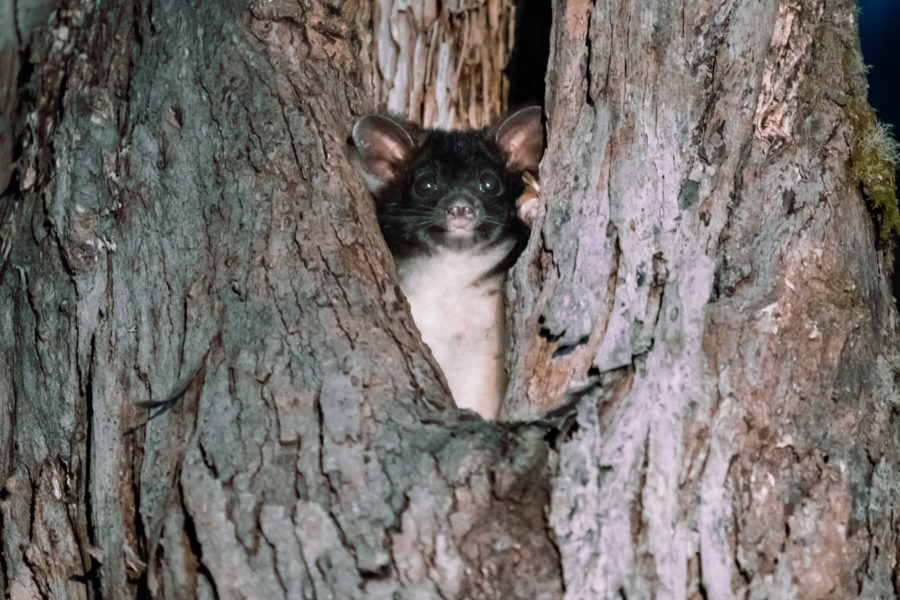Greater glider one step closer to extinction

Just six years ago the greater glider was relatively common along Australia’s east coast. Yesterday, the species was officially listed as endangered.
Moving the greater glider up the scale of concern from ‘vulnerable’ to ‘endangered’ would “ensure prioritisation of recovery actions to protect this iconic species,” said Federal Environment Minister Tanya Plibersek when making the announcement.
But with habitat loss due to land clearing attributed to the decline of the species, Ms Plibersek noted these issues are “primarily the responsibility of state governments”.
“The commonwealth is continuing to play a leadership role and support the coordination of conservation outcomes across the greater gliders’ range.”
What actions will be taken by state governments are yet to be seen, but what we do know is that conservationists have been raising the alarm about the decline of the greater glider for many years.
WWF Australia ecologist Kita Ashman said the greater glider was relatively common before May 2016 when it was first listed as threatened under the federal Environment Protection and Biodiversity Conservation (EPBC) Act.
Since then, the Black Summer bushfires of 2019/20 destroyed about one third of the glider’s habitat, but that’s not the only reason greater glider population numbers have plummeted.
“The fires were merely the most recent calamity,” says Dr Ashman.
“Those fires came off the back of years of habitat destruction through land clearing and logging and then the other impacts of climate change.”
The federal government’s decision to list the greater glider as an endangered species follows submissions from conservation groups, including WWF-Australia, to do so, hoping the heightened threat level will ensure greater efforts are made to save the species.
Dr Ashman says the listing must be a turning point that leads to action.
“Put simply, Australia will lose this species unless we strengthen laws to protect their homes and cease logging native forests.
“It’s tragic that we’re losing these amazing creatures before many people even know they exist.”

With an average length of 40cm, and weight of 1.5kg, the greater glider’s body is about the size of a domestic cat , making it the largest gliding marsupial in the world.
With a tail longer than its body (at around 50cm), and with large gliding membranes running along its sides, greater gliders can soar up to 100m through the forest canopy. They have long, dense fur, ranging in colour from creamy-white to charcoal-brown, and exclusively feed on gum leaves.
Once living in abundance in the tall eucalypt forests and woodlands of Australia’s east coast, greater gliders are dependent on large areas of undisturbed, tall forest, with suitably large nesting hollows. Being solitary animals, each indivisdual requires approximately 1.5ha to roam.



